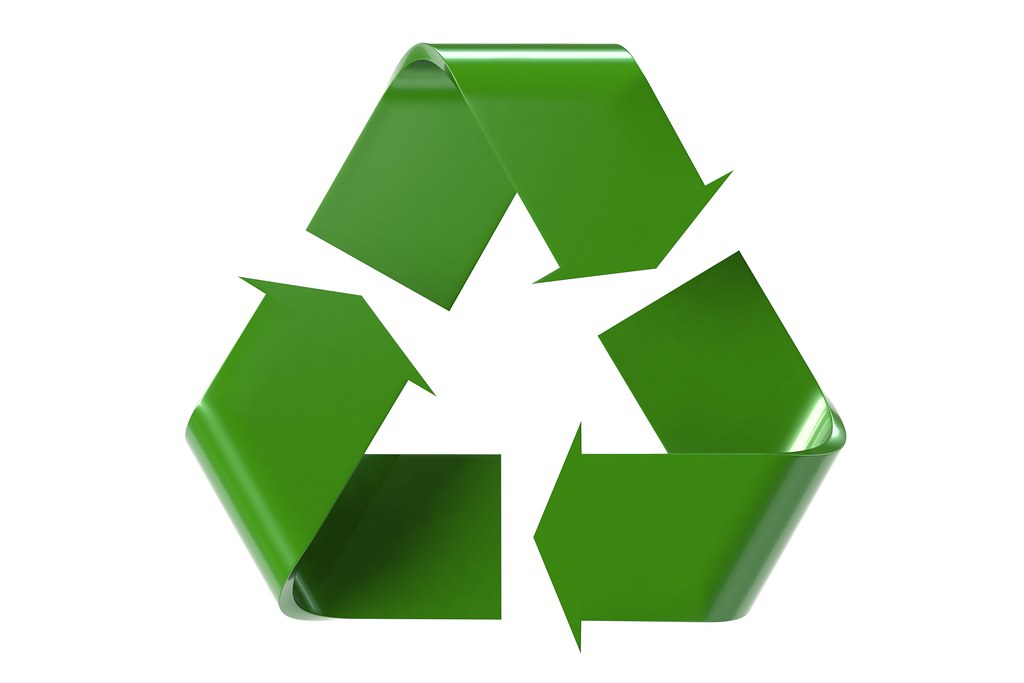From Guest Blogger Megham Belnap: Reduce, Reuse, Recycle: 3 Steps to an Environmentally-Friendly Business

Reduce
The first step in waste reduction is to assess what you are wasting. Take into account the resources you use regularly like electricity, water and fuel.
Encourage car pools, cycling and public transit commuting options for your employees and make use of them yourself. By encouraging green commuting, you are placing your employees in a reduction mindset that they can carry into work.
At work, reduce energy use by switching to energy-efficient lighting. Encourage employees to use re-usable water bottles instead of disposable ones. Choose digital documents over printed ones. If printing, use double-sided prints and fast-draft printing. This saves paper and ink.
Some businesses establish an Environmental Management System so that they can track their energy consumption and make quantitatively based improvements.
In addition, find out how your service providers conduct business. A recent article in Forbes Magazine encouraged companies to choose green web-hosting cloud services. These companies do not rely on fossil fuels to power their servers.
Reuse
Re-using items saves money, even at the smallest level. Consider using paperclips rather than staples and mugs over paper cups. However, the big things matter too.
When choosing appliances, whether a new refrigerator, heating unit, or other large purchase, look for used models. Some companies, like Nationwide Boiler, sell reconditioned boilers to businesses looking to save money and the environment. Other companies, like Sears, offer ding-and-dent appliances that would otherwise go to waste.
Alternatively, think about scenarios in which your business’ waste might be useful. For instance, those in the restaurant industry can form partnerships with local shelters and food banks so that excess food doesn’t go to waste.
Recycle
We’ve all seen the familiar blue, green or brown bins with labels directing us to dispose of recyclable materials appropriately. If your business doesn’t already have this in place then establish a waste management plan that recycles paper, cans, bottles and other plastics. Many municipalities offer recycling services.
Building an environmentally-friendly business involves tracing all of the products and services you use every day back to their point of origin. Through this process, assess the resources required to produce or maintain that product or service. Then reduce, reuse and recycle.

Excess and inefficient packaging are also problems. For example, do toothpaste tubes really need to be in cardboard boxes? When buying only one or two items, does the cashier really need to put them into a bag?
Too many appliances are made in such a way that they cannot be economically repaired. The timer on my washing machine failed because a pair of contacts was burned out. The timer was designed so that the contacts could not be repaired and a new timer cost almost as much as a new washing machine so, just because a tiny pair of contacts was burned out, I ended up getting a new washing machine. That makes no sense.
People can take reusable fabric bags to supermarkets, but few do, even when supermarkets offer a bag discount. Why?